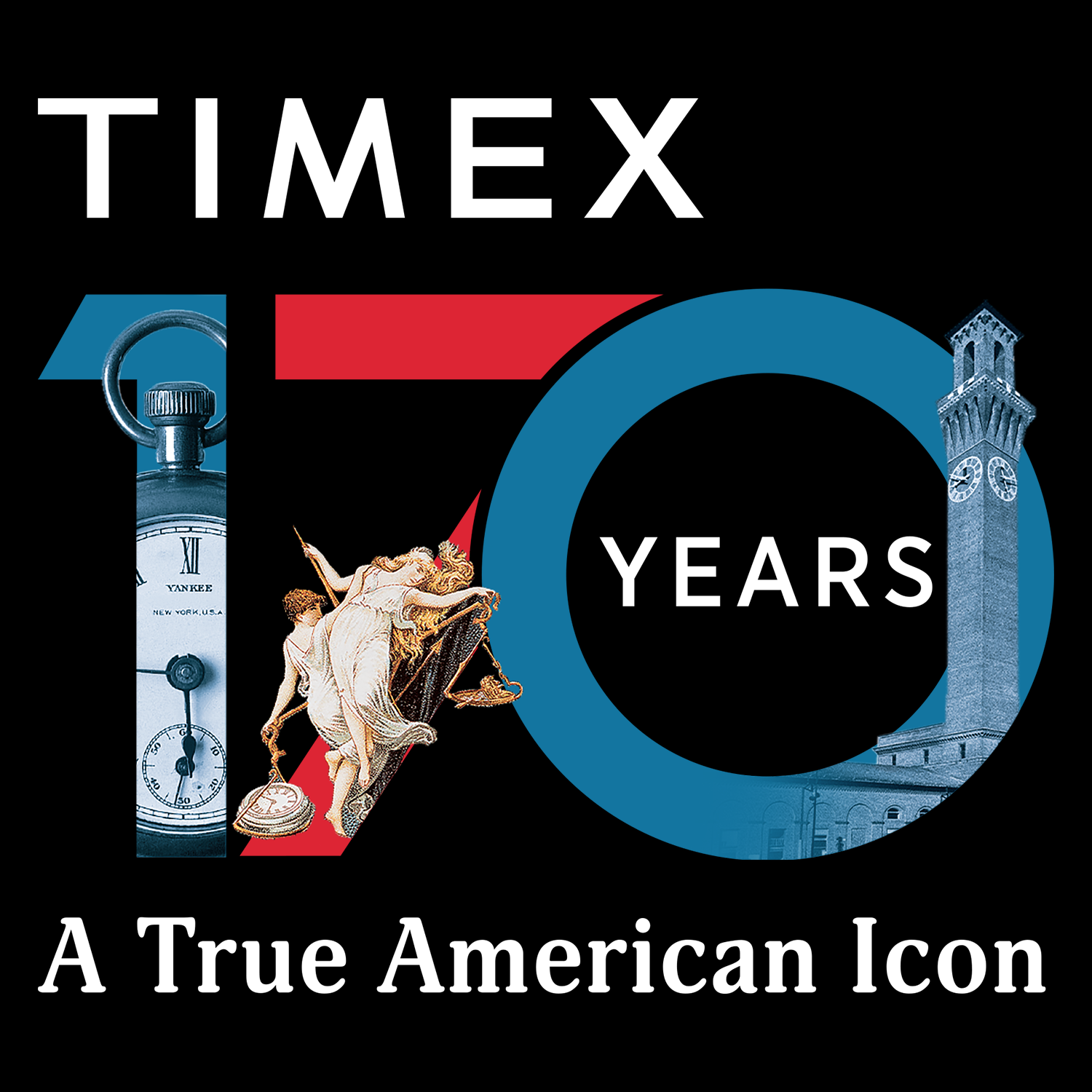 |
| Timex 170 Years |
 |
| Established as the Waterbury Clock Company |
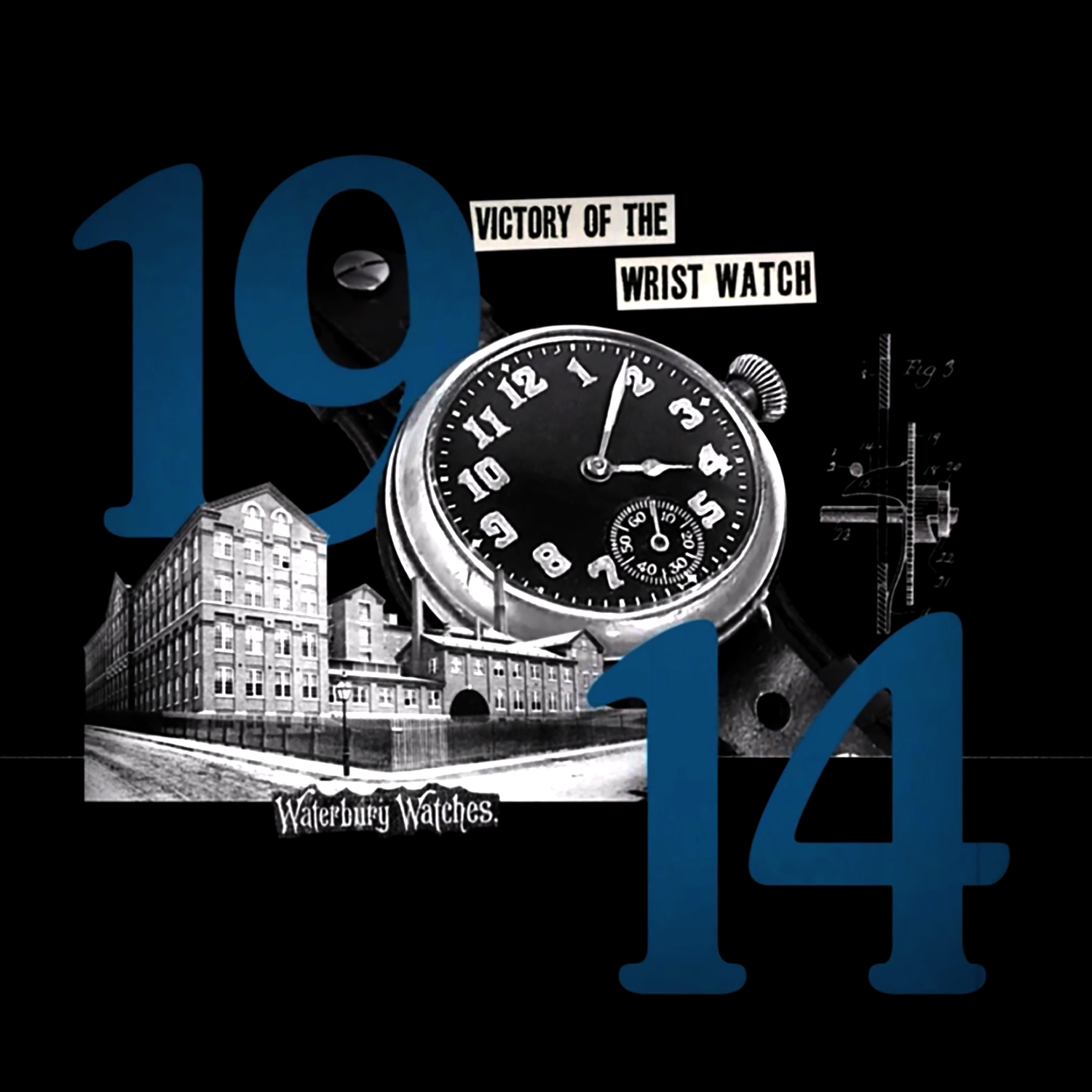 |
| First Dollar Pocket Watch |
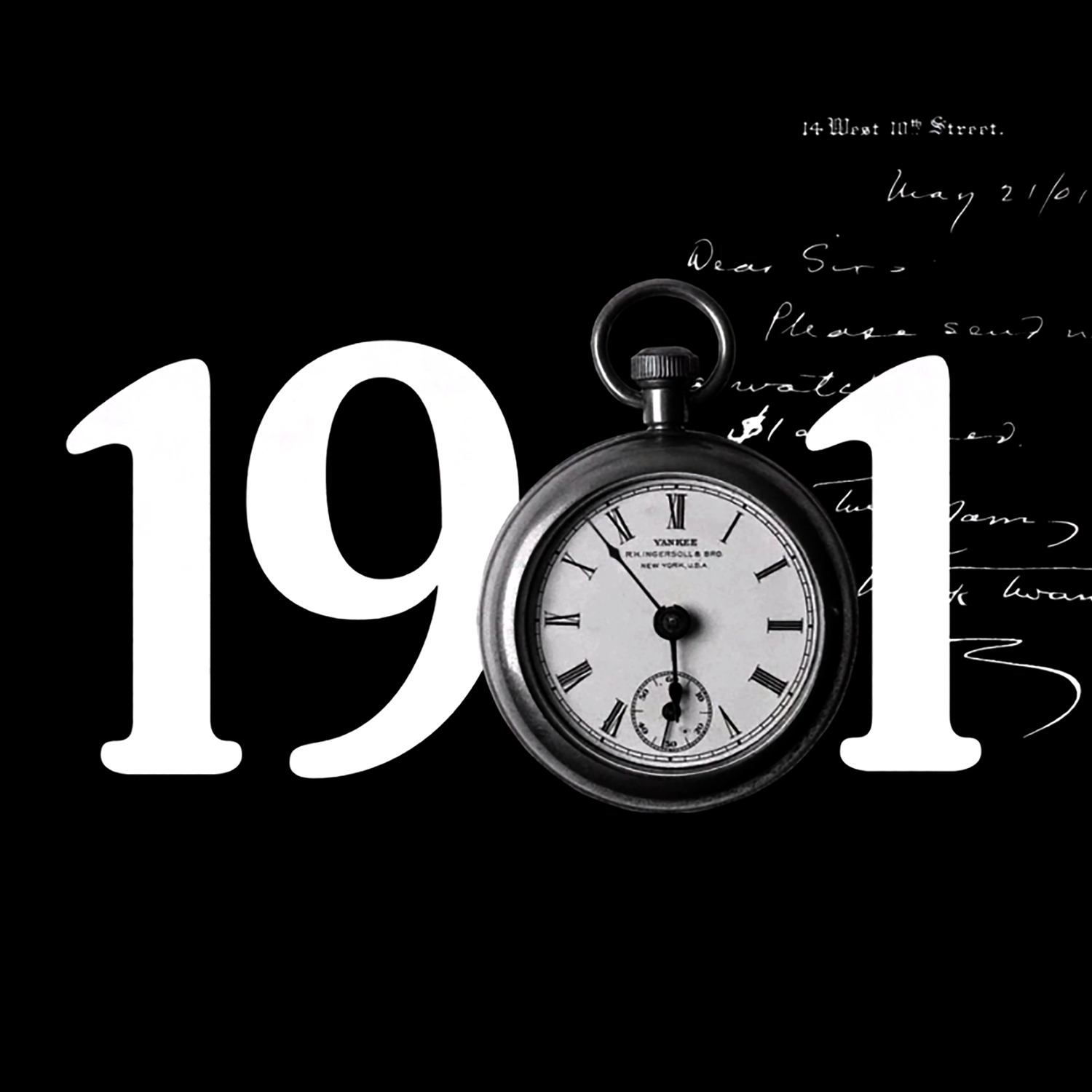 |
| First Wrist Watch |
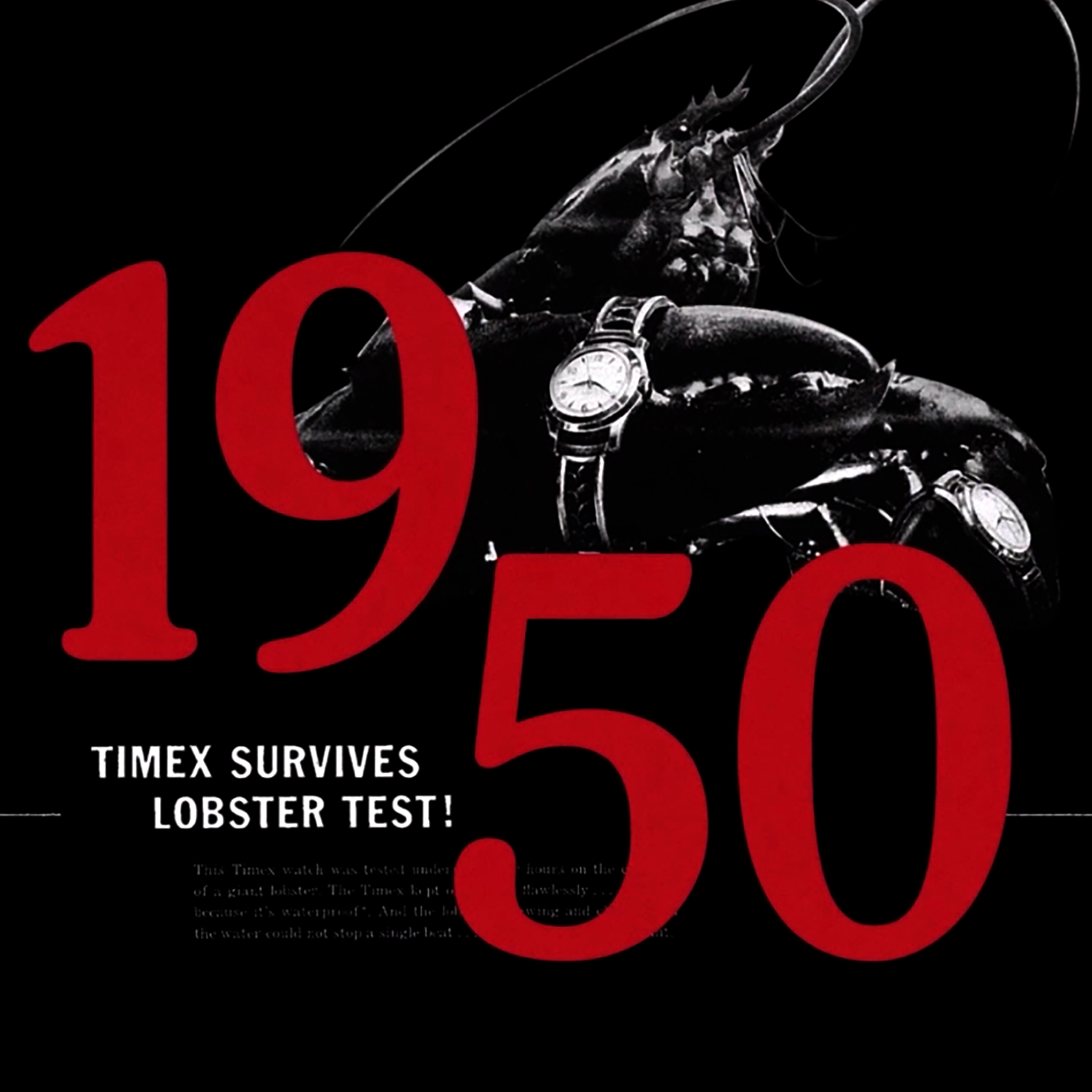 |
| Marlin Watch Services the Lobster Test |
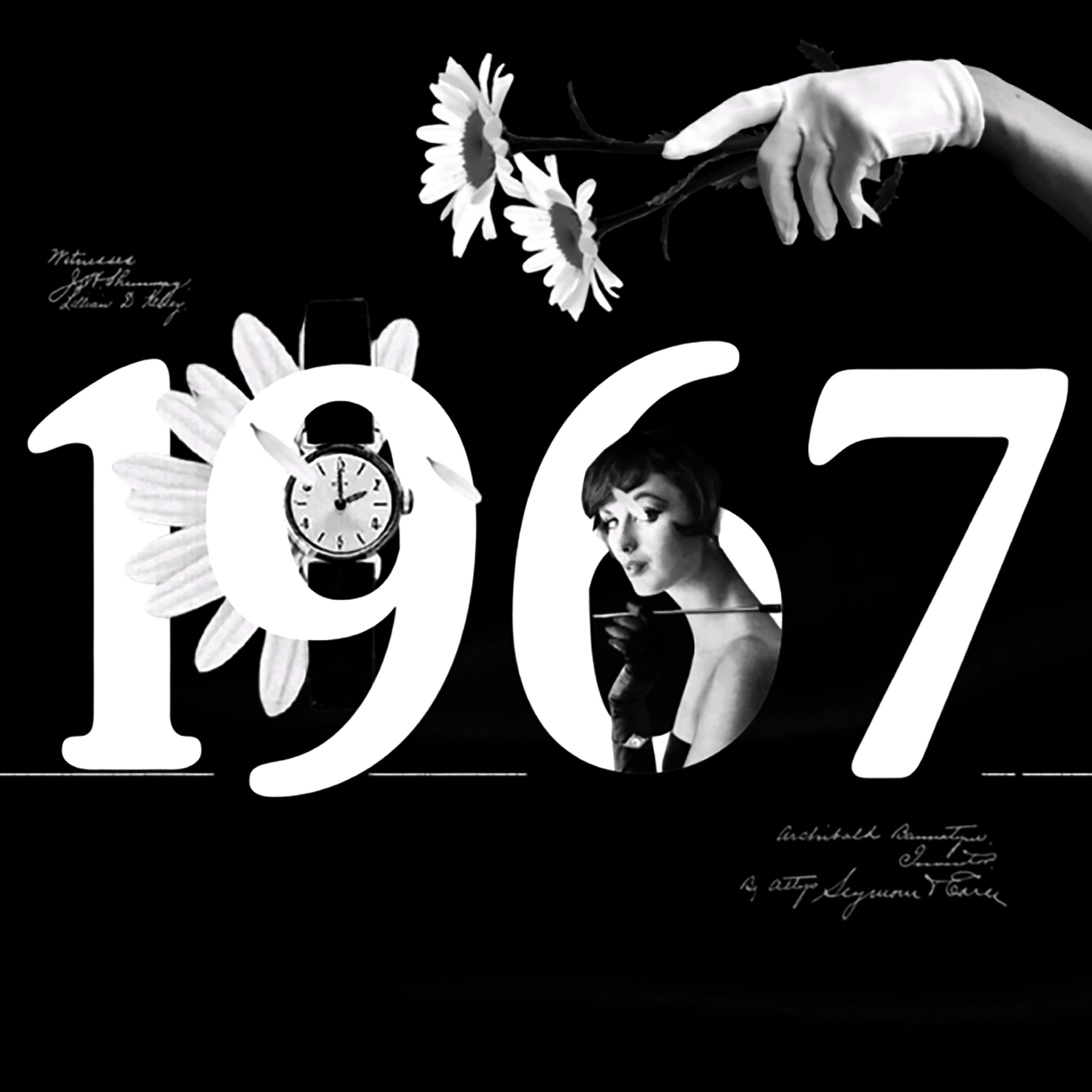 |
| Made for Her |
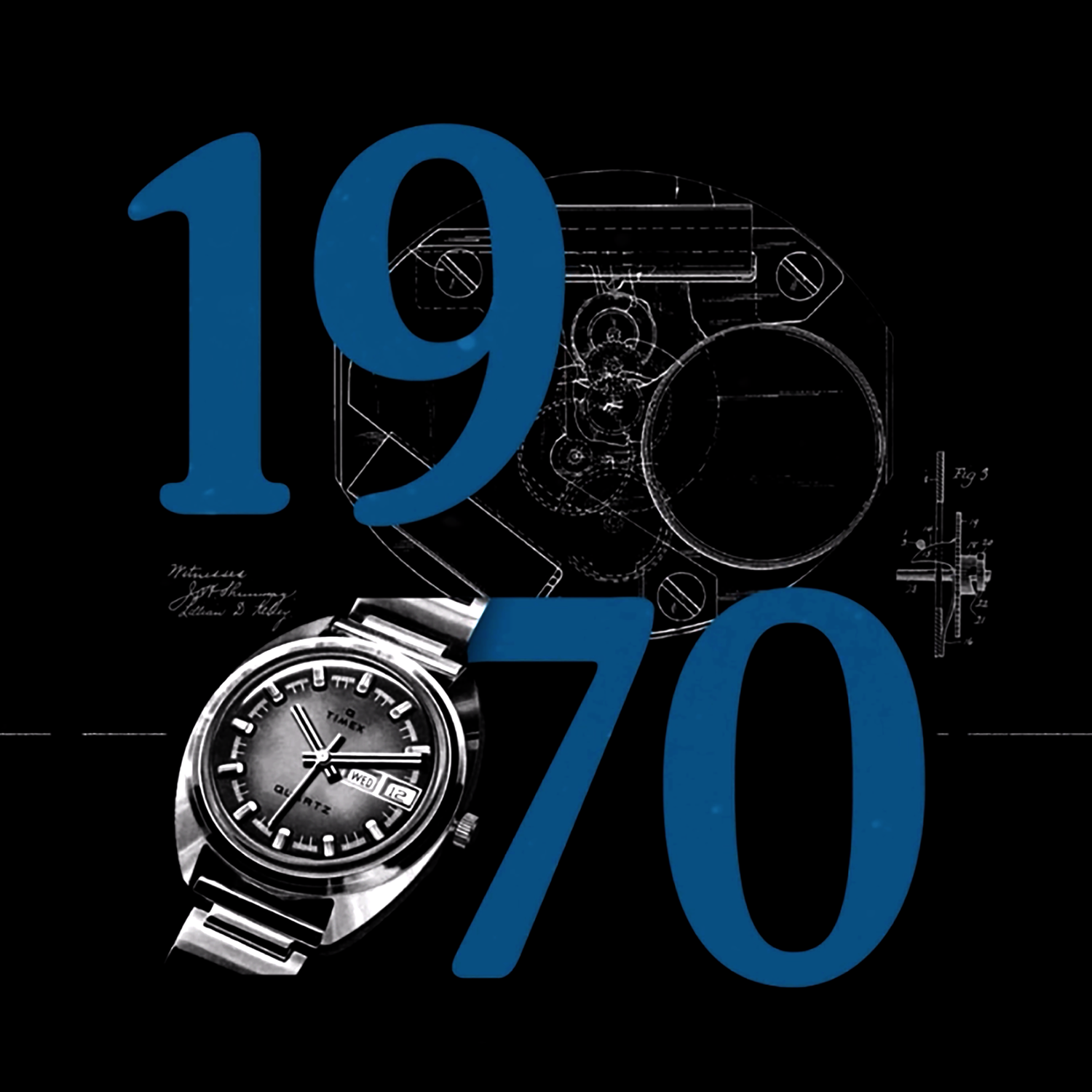 |
| Introducing Quartz Movement |
In a business as fiercely competitive as watchmaking, identity and brand perception are crucial to success.
Consumers are searching for reliability. Timepieces are typically a significant investment, and consumers will happily spend more in exchange for the knowledge that this money has been well-spent.
A clear identity affords consumers this confidence. It sets expectations so consumers know what products and services they are paying for. A compelling identity drives customer loyalty, encouraging repeat purchases and brand advocacy.
These are important principles in the world of luxury watches and a reflection on the fascinating history of Timex highlights the many changes in identity a brand may experience.
It's also important to note that just as many people experience an ‘identity crisis’ at one stage or another, so do brands.
Sometimes, it’s a matter of trying to be ‘everything to everyone’. Pursuing new audiences and target markets is always admirable; however, the result is often mixed messaging. The worst-case scenario is that a new approach fails to capture the attention of new consumers while simultaneously alienating once-loyal fans.
Other brands become too attached to fleeting trends, committing to a new value or style based on the latest flavour of the month. When the tide turns, as is so often the case in today’s digital age, these brands find themselves out of favour.
The pitfalls of mixed messaging for brands are easy to understand. Looking at this topic from another angle, how does a brand find its identity?
There are many factors to consider; however, what matters most are the traits that characterise the brand and its products and the factors that set it apart from competitors.
Understanding who the brand serves guides messaging and product offerings, and reinforcing the brand’s history, values, and experiences forges an emotional connection with consumers.
In other words, it’s a matter of identifying the brand’s unique characteristics and building around them. Finding the strengths — what truly attracts customers to these products — and making them the focal point.
History and craftsmanship are often key ingredients in watch brands. Heritage creates a sense of prestige and authority that resonates with consumers.
This year marks the 170th anniversary of Timex, and it’s a brand with a powerful story to tell.
Good things take time
Timex began in Connecticut in 1854 as the Waterbury Clock Company. Along with other manufacturers in the river valley, it produced inexpensive watches that could compete with luxury European models of the era.
One of the company's significant early achievements was the introduction of the Yankee Pocket Watch, which sold for just $1 in 1901.
The company solidified its position as the budget-friendly option for timepieces, and it was often jokingly said that this was the “pocket watch that made the dollar famous.”
These events shaped the company’s initial identity – affordable and high-quality watches for everyday men and women.
In 1914, the First World War broke out in Europe, and wristwatches became an intriguing proposition. Before the early 1900s, wristwatches were viewed as jewellery and considered feminine – so they weren’t commonly worn by men.
This perception changed because of the conflict. When a soldier needed to know the time, digging for a pocket watch was inconvenient. A women’s watch made by Ingersoll and Waterbury was modified to meet this sudden spike in demand.
In 1933, Waterbury announced a new deal with Disney to produce Mickey Mouse watches and clocks. This quickly became the company’s first million-dollar line. Once again, the company’s identity was significantly altered.
The company was renamed The United States Time Corporation in 1944. During the Second World War, it supplied precision timers for bomb fuses. During this era, the first limited run of the Timex label was used; however, it wouldn’t become a well-known brand until 1950.
During the 1950s, the brand renewed its focus on affordability. It was determined to be the cheapest watch on the market, supported by clever manufacturing techniques spurred on by wartime necessity.
Timex became known as the “watch that takes a licking and keeps on ticking.” Marketing campaigns showed the watches being submitted to ‘torture tests’ to highlight the product's durability.
These campaigns were a success, and in the early 1960s, it was said that every third watch sold in the US was a Timex. In 1969, the company officially changed its name to the Timex Corporation.
These glory days would not last forever; however, the brand soon faced renewed challenges to its identity and public perception.
In the early 1970s, the ‘Quartz Crisis’ revolutionised the watch industry. The arrival of inexpensive mechanical watches from Asia was a blow to Timex. After spending decades cementing a reputation for affordability, the brand was devastated by cheaper models with more reliable technology.
With its identity undermined by overseas competitors, Timex eventually laid off thousands of employees. In search of a resurgence, the brand pivoted again — this time to sports.
The release of the Ironman Triathlon watch was popular because it was innovative, reliable, and inexpensive.
Over the coming decades, Timex would continue to innovate, developing proprietary technology such as Indiglo which was introduced into their timepieces in 1992, and introduced the first smartwatch, the Timex Datalink in 1994 - paving the way for a whole new category of watches.
Welcome to Australia
Timex has been distributed in Australia by Designa Accessories for more than 20 years. It was already in the Australian market at this time, and with an expanding array of international brands to choose from, the charm of ‘affordability’ had been erased and replaced with harsher connotations.
Many consumers viewed Timex products as the type of watch that belonged on the shelf of a discount chemist. It was a far cry from the prestige a brand with more than 170 years of history should demand.
Designa Accessories general manager Ivan Meys says that he knew his work was cut out for him when the partnership began.
“When we took on the brand, we knew that we were facing an uphill battle to change the brand's perception in the local market,” Meys reveals.
“The first thing we focused on was elevating distribution. We wanted the right people to see the brand in the right places, so we focused on moving it into department stores and mainstream jewellers.”
As mentioned, the brand had previously found success with the Ironman Triathalon watch, and in the years that followed, the focus remained on producing these athletic, sports-driven products.
In the 2000s, that identity would once again be challenged, this time by the emergence of products such as Fitbit, Garmin, and other smartwatch options. Consumers were increasingly demanding more features in a small space, and Timex struggled to compete.
“It was around that time that the decision was made to lead aggressively into the heritage side of the brand,” Meys says.
“It took a few years to change course, and many difficult decisions had to be made. We needed to cease offering many of our best sellers because they weren’t offering consistent brand messaging.
"This was difficult for many people to accept.”
He continues: “Timex started to look back at their archives and retrieve some best-selling historical styles. It was about turning the focus to the kind of time-keeping and watchmaking expertise that has served the brand well for more than 150 years.”
Back to the future
 |
| First Sport Watch |
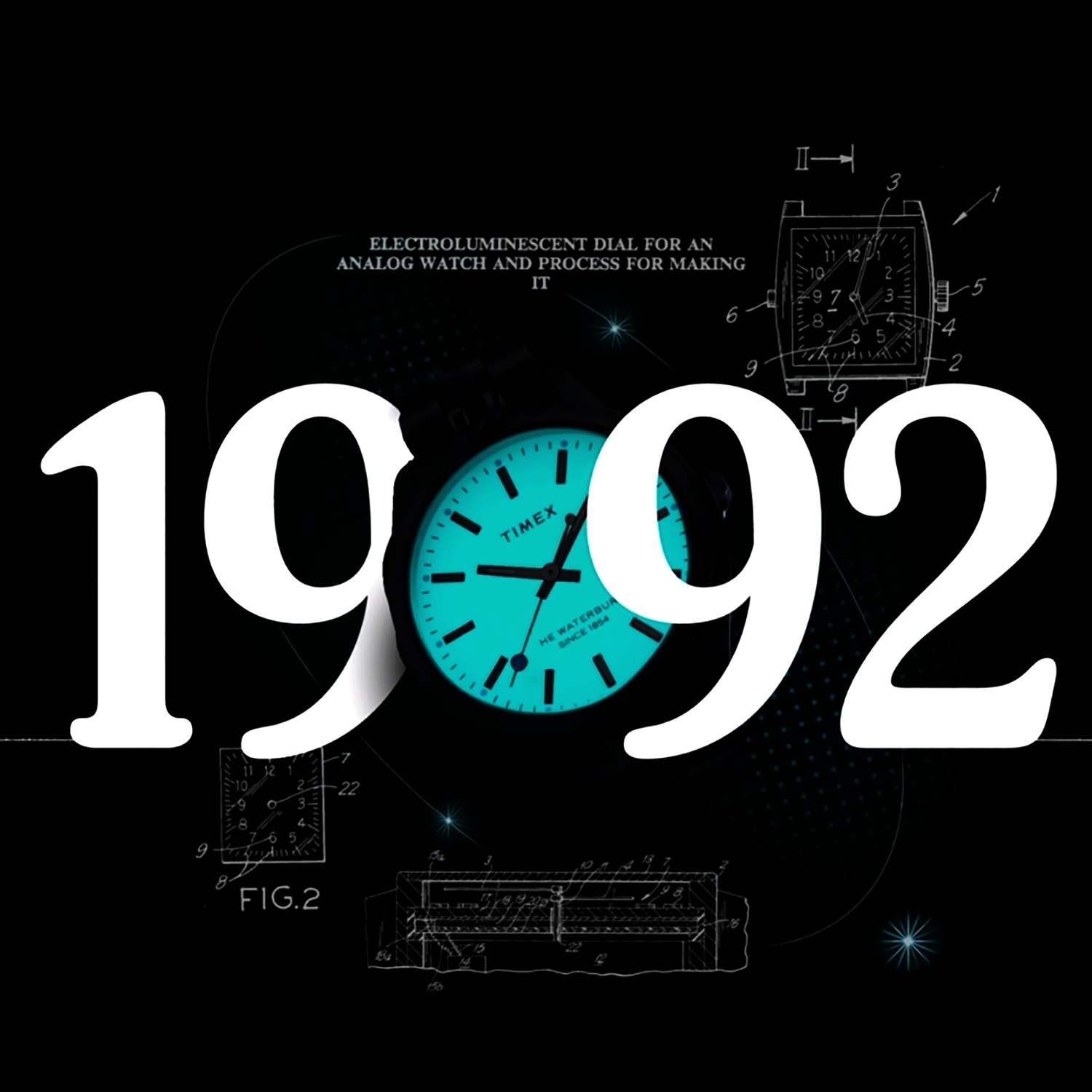 |
| Made Time Glow in the Dark |
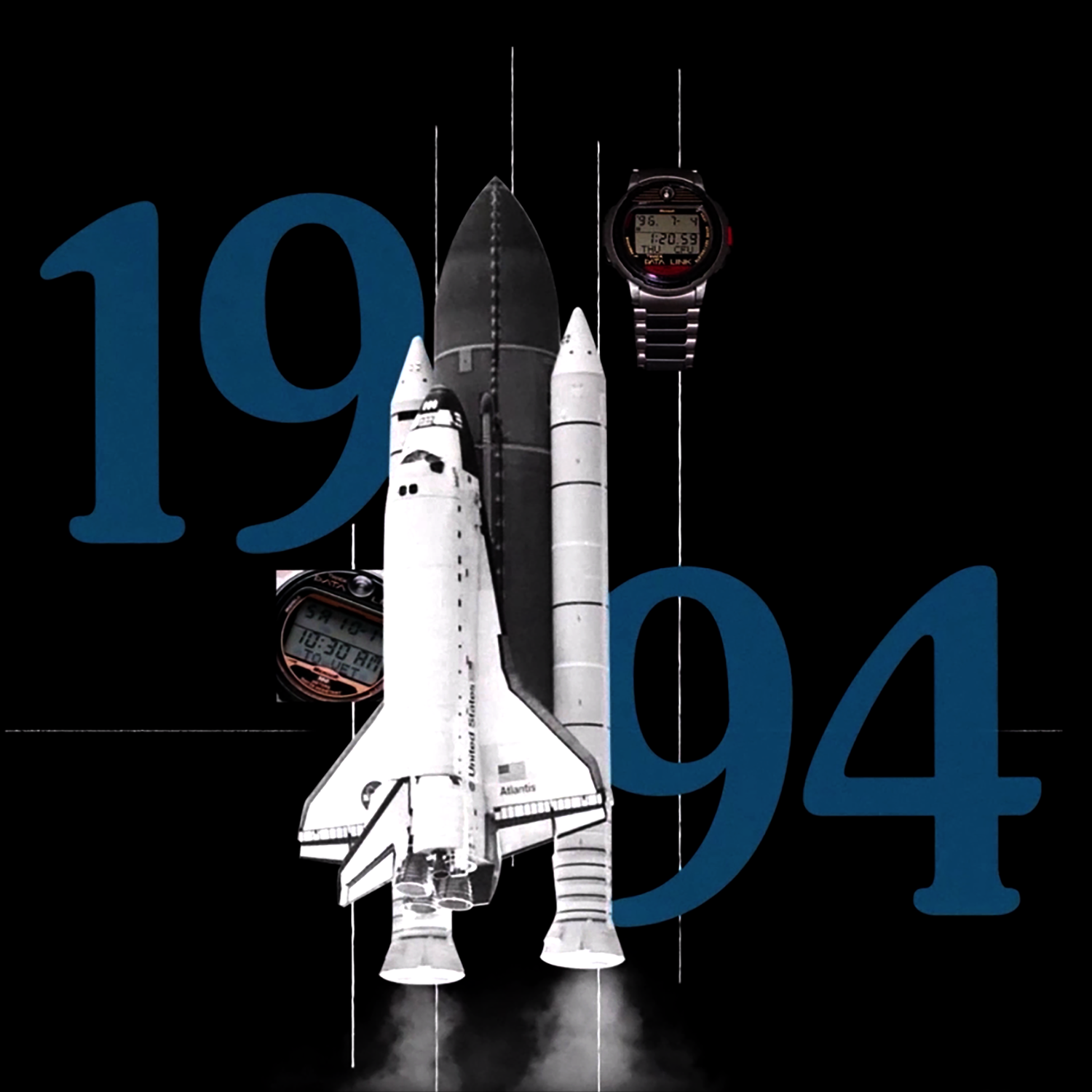 |
| Shot into Space |
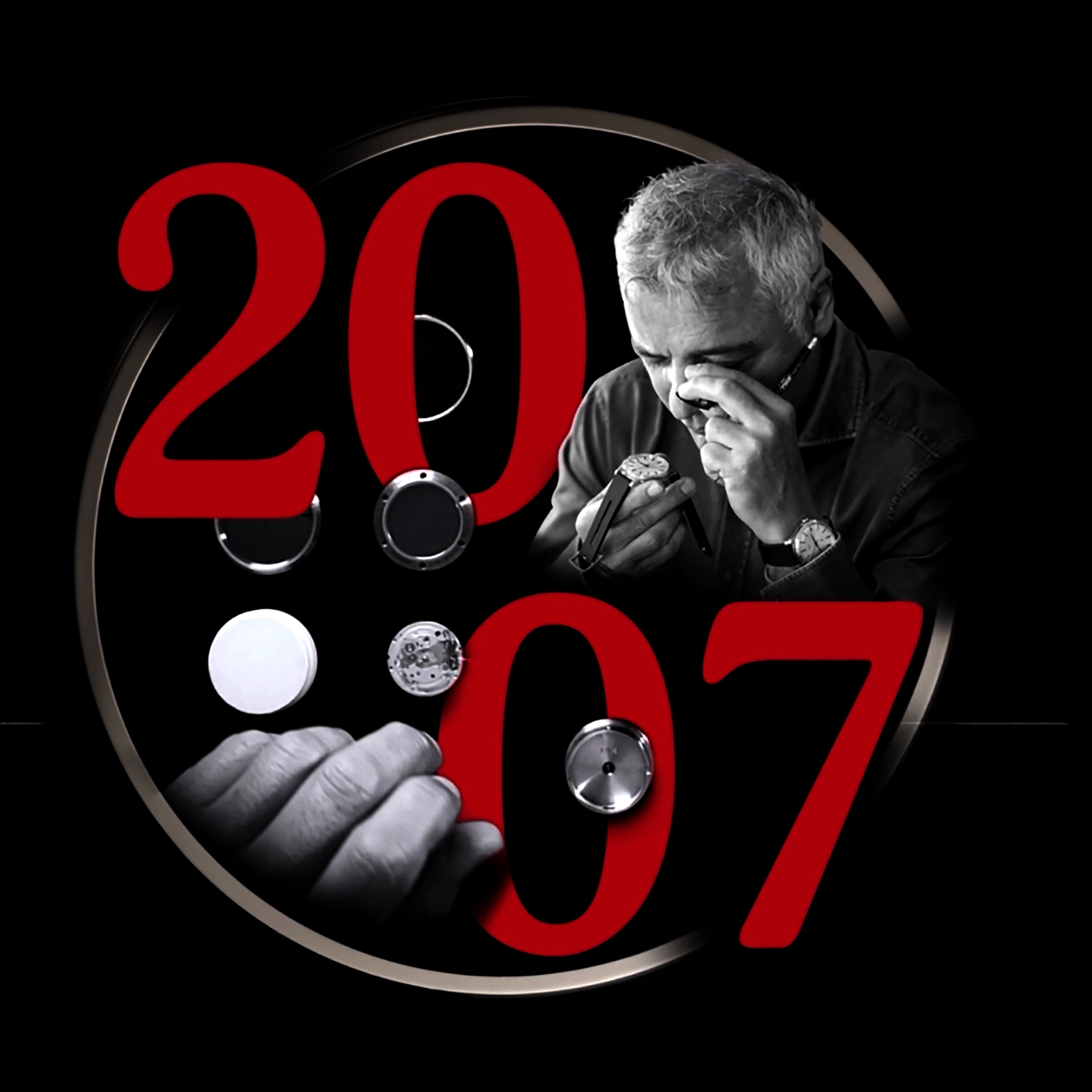 |
| Designed in Milan |
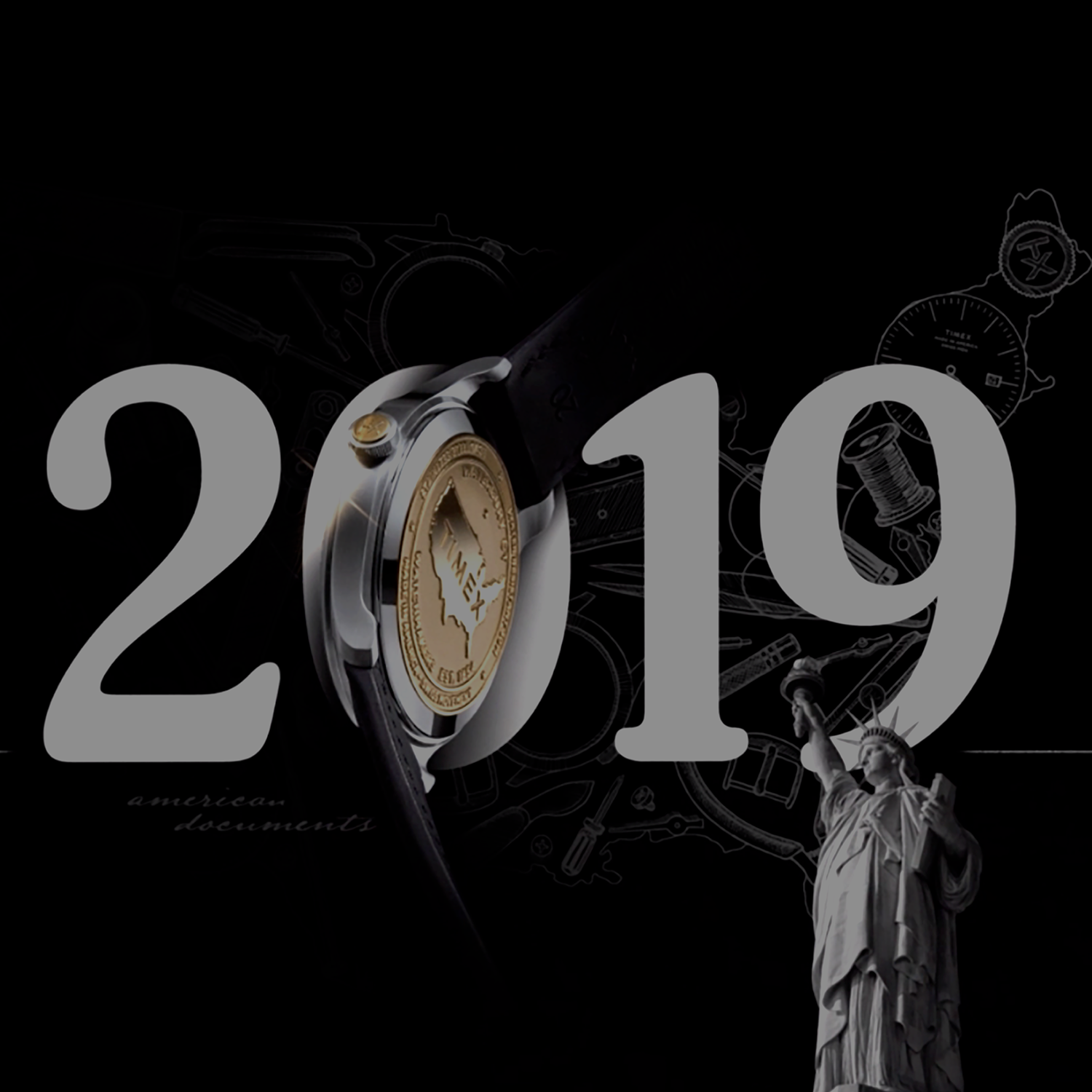 |
| Brought Watchmaking Back Home |
 |
| Entered the Metaverse |
 |
| First Circular Watch Program |
For Timex, the mission was to identify the styles of yesterday that would define the products of tomorrow.
These watches would secure the brand’s relevance because they had previously shown that they were capable of withstanding the test of time. Iconic franchises such as the Waterbury, Marlin, Q Timex, and Expedition North quickly became focal points of this new strategy because of their crucial roles in the brand’s history.
The original Marlin watches first appeared in the 1950s and became a centrepiece of Timex’s collection during the 1960s. It’s common for most watch brands to change a few specific retails during a rerelease to appease the market's prevailing sentiments. Timex didn’t do this with the Marlin.
“When discussing the brand's repositioning, it’s tough to look past the instrumental influence of the Marlin,” Meys explains.
“It’s a 1960s archive re-release that has evolved into a product pillar for the brand. It’s got a remarkable vintage aesthetic, and it bridges the gap between the ultra-premium positioning that Timex is capable of and that commercial affordability that the business is renowned for.”
The other model of particular interest was the Q Timex, which has many stylistic features reminiscent of the late 1970s and early 1980s.
The product was named to signify the end of mechanical movement and the brand’s embrace of quartz. The reissue is a faithful rendition, maintaining the 'Q' below the 12 o'clock position, with an era-appropriate stainless-steel bracelet. It's an eye-catching piece with a diver-inspired style.
“The Q Timex re-release is a very true representation of the original product, right down to the battery hatch of the back,” Meys says.
“It’s got the aluminium bezel and the navy blue dial paired with a stainless steel bracelet and case, and it was successful right out of the gate.
“It’s another example of how the style and design of these products has evolved to become a pillar of the brand.”
Best is yet to come
Over the past 170 years, Timex's brand identity has evolved to reflect the world around it. Now that the brand has settled on an image that reflects its colourful and extensive legacy of watchmaking, Meys is confident that Timex's resurgence in popularity is here to stay.
“I really do think we’re at the tip of the iceberg for Timex,” Meys says.
“With the correct segmentation and channel strategy, I’m confident we can offer an even broader collection than we do today.
“The most important thing, in my opinion, is making sure that we have the right communication strategy and that we are telling the story of the brand effectively.
"We need to be careful and not try to be everything to everyone all in one place.”
The story began with the pocket watch, which brought ‘democracy to time’.
During the First and Second World Wars, it was a reliable way for soldiers to tell the time in a pinch.
As the global economy recovered during the post-war boom in the 1950s, Timex successfully reinvented itself as the world’s most affordable timepiece.
These advances were erased during the 1970s and 1980s, with the Quartz Crisis forcing the company to reinvent itself again.
Now, with smartwatches dominating that market, Timex has finally settled on a truly unique identity – a brand not defined by external forces but by its own 170 years of history.
It’s an important reminder that in a world where you can be anything, you should always choose to be yourself.
READ EMAG